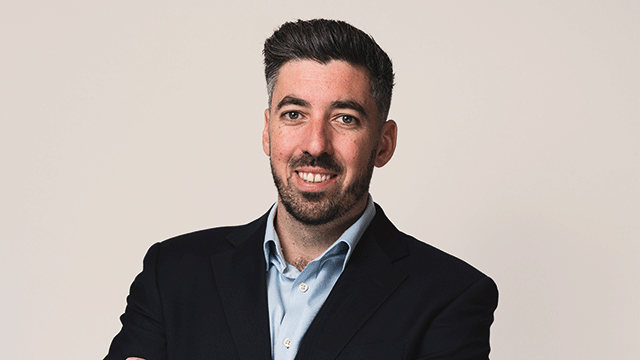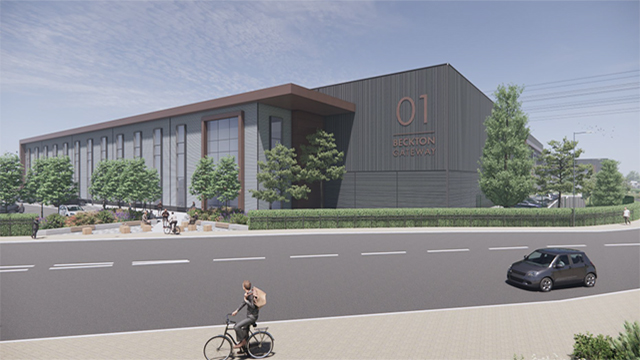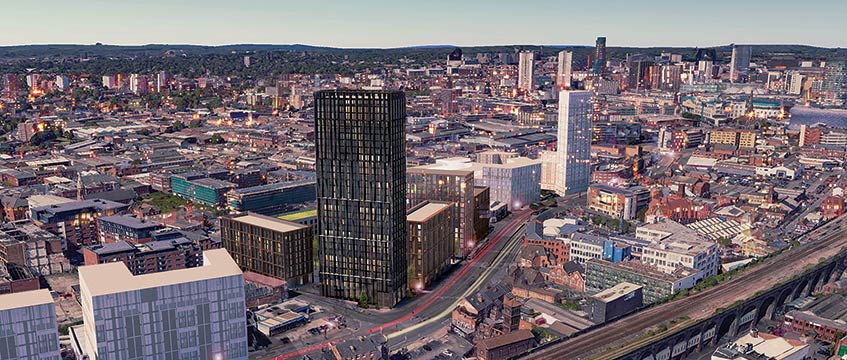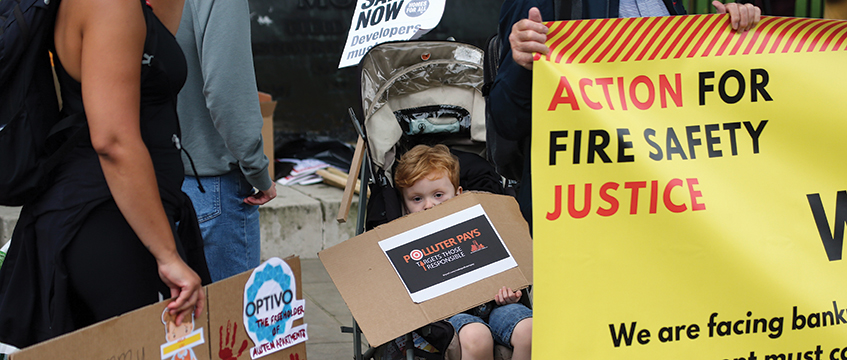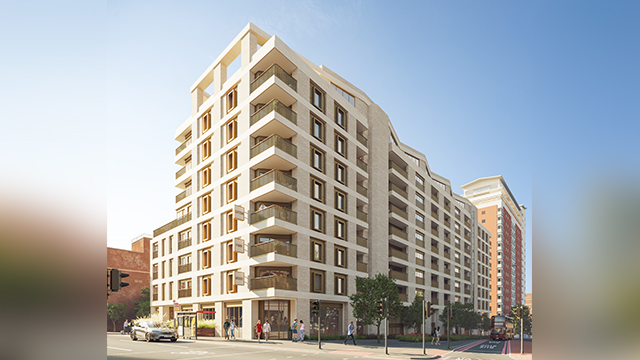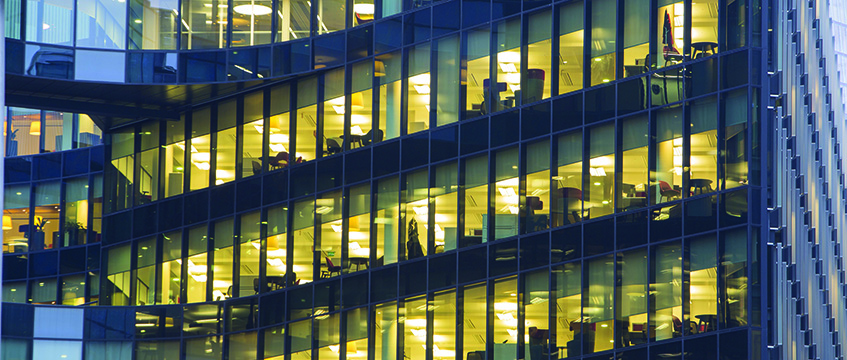With inflation running at nearly 30%, property transactions slowing to a crawl and an economy seemingly in freefall, Vietnam seems an unattractive place to invest. But for overseas investors, the long-term prospects are looking good.
Indigenous developers in the south-east Asian socialist republic are having a tough time. The stock market, which was only established in 2000, has slumped by 60% since the start of 2008, wiping billions of dong off company values.
The dong itself is also steadily losing value, partly because of a government decision to print more cash to buy dollars and gold, which in turn led to a rise in bank lending.
In 2007 inflation hit 30%. By February 2008 the year-on-year rate was 15.7%. Food prices, in the year to June, had risen by 60%. The situation, if based on these statistics, looks dire. But, as CBRE Vietnam’s managing director Mark Townsend says, “It still looks good from where I’m sitting.”
Fast-growing economy
Townsend points to the long-term factors as a reason for his confidence. Vietnam, with a population of nearly 85m and rising, is one of the world’s fastest growing economies, with GDP growth over the past five years averaging 7.2%.
Although officially under a socialist government, market forces and private enterprise were introduced as early as 1986, when the government initiated doi moi, the policy of economic renovation. The fusion is very much like China’s “Communism with Chinese characteristics”, otherwise known as rampant capitalism with a state-directed economy.
In the past 10 years alone, the former pariah state has made an huge economic leap forward, aided by new regulations and tax laws to encourage FDI and domestic enterprise. Following Vietnam’s accession to the World Trade Organisation in January 2007 the country looks set to show its teeth as a true Asian Tiger.
The high inflation, argues Townsend, is simply a teething problem. Inflation has also resulted in higher rents and sale prices. He forecasts that rents for grade A office space will rise to $75 to $85 per m² in Ho Chi Minh City’s CBD. Jones Lang LaSalle’s HCMC office rents index shows a sixfold rise since 2002.
But the true reason for the rising rents is the level of demand against a pitiful lack of supply. “The vacancy rate is so low as to be non-existent for good office, residential or retail space. There are queues around the block to get serviced apartments,” says Townsend.
Nonetheless, the economic problems – teething or not – have hit local developers hard. Vietnam’s banks, on which the local developers depend, have been instructed by the government to dramatically reduce lending in order to curb the runaway economy. Dollar-based loans, once fixed at around 8.75%, have been converted to dong-based loans, charged at 18%.
The result is that, effectively, domestic development has ground to a halt. For passive investors looking for a tasty asset, this is bad news. While demand is still high, with grade A offices, retail and serviced apartments at 85% to 98% occupancy in Hanoi and Ho Chi Min City, investment-grade real estate is practically non-existent.
Part of the reason for this is the scale of the market. HCMC’s total office market has around 400,000m² of space and less than 80,000m² of that could be classed as A-grade, according to Degi.
The office market in HCMC is focused primarily on the central business district, which is in the centre of the city to the west of the Saigon River. But the city is encouraging decentralisation, with incentives being offered to developers for projects in the north-western Tan Binh district and to the south-east.
Over the river from the CBD, Thu Thiem is planned as a long- to medium-term extension of the CBD or a Pudong-style business district for HCMC.
CBRE statistics show that an additional 916,000m² of office space is expected to be on the market in Ho Chi Minh City by 2010, although much of it will be in small units. Yields for apartments in Hanoi stand at just over 7%, while in HMC the yield is at 9.4%.
But because of the recent jitters in the economy, no grade A office buildings are scheduled for completion this year and only two new grade A buildings, totalling 58,000m², are due to be completed in 2009. JLL reports that grade A supply has remained at 74,300m² since the completion of Diamond Plaza in 1998.
The lack of decent stock has deterred most passive investors. “Vietnam right now doesn’t have an institutional investor base,” says Craig Jones, the Californian chief executive of developer-investor JSM Indochina, which is listed on London’s Alternative Investment Market. “You can literally count them on one hand.”
One notable foreign investor is UK life insurer Prudential, which started making forays into Vietnamese real estate through its domestic insurance business, which it launched in 2006. In January it launched a domestic investment fund for real estate. And Singapore’s CapitaLand launched a $300m Vietnam fund earlier this year. But others, without the advantage of domestic investors looking for domestic investments, have been more reluctant to enter the market.
‘The assets haven’t been built yet’
“The ones who invest in Thailand or Malaysia have not yet come to Vietnam. There are no institutional-quality assets,” says Jones. “They haven’t been built yet.”
That doesn’t mean the institutions are not looking. Pramerica is doing due diligence in Vietnam for its Pan Asian fund, and RREEF is keen to enter the market “when conditions are favourable”.
The overseas investors who are pouring money in, however, are the developer-investors like JSM, which has a $1.5bn pipeline, and Aseana Properties, which is listed on the London Stock Exchange. In August Aseana announced that it would develop a $420m, 1m m² hi-tech health park outside HCMC.
The company, which is based in Malaysia, has a development pipeline of £1bn in Vietnam. Another player is Indochina, which recently announced plans to invest $10bn in Vietnam developments over the next five years.
“There is an overwhelming demand from users for high-quality, investment-grade assets,” says Jones. “Our whole business plan is built on developing investment-grade shopping, offices and residential. The non-builder isn’t really there en masse, simply because there isn’t the quality. I am a builder. We want to get things built. We believe that there are outsized returns for those who can and dare.”
There are still hurdles for foreign developers and investors. A foreigner can invest in Vietnamese real estate either by forming a joint venture company with a local partner, or using a wholly foreign-owned company. Foreigners are charged a flat tax of 25% on income and capital gains, but many investors have created effective vehicles to mitigate this.
Foreigners and foreign companies are also not technically allowed to own land, partly as all land is theoretically owned collectively and regulated by the state. Foreign developers can acquire a 50-year use right for land, which can be extended.
As of 2009 the law will change. Under Decree 84 foreigners will be permitted to own apartments, and developers and investors will be able to take 70-year use rights.
Almost as much FDI as China
But in spite of this, and even though Vietnam is still only an emerging market, it is attracting considerable investment from overseas. In the first seven months of 2008 Vietnam attracted $45bn of FDI, not far behind China’s $54bn. Of that, 48% – $21.4bn – went into real estate, according to Vietnam’s Ministry of Planning and Investment.
Of the real estate total, $13bn USD went into developing luxury apartments and offices, $8.3bn for resorts and hotels, and the rest into industrial infrastructure. Real estate accounted for 35% of total investment in 2007 and about 22% in previous years.
The bulk, around $17.5bn, was invested by ASEAN member countries. Brunei invested $4.41bn in 14 projects, with New City Properties Development Company Phu Yen resort accounting for $4.3bn. Malaysia signed 28 new projects worth $5bn, including the Berjaa Leisure Corporation’s $3.5bn university campus in HMC. Singapore has invested $4bn in 48 projects.
In 2010, if all these projects go ahead and are not hampered by the global economy or the increase in raw materials prices – steel in Vietnam rose by 84% last month – the institutions should have plenty to snap up. But not yet, unless they want to get their hands dirty.




